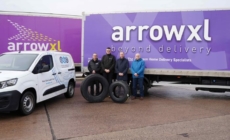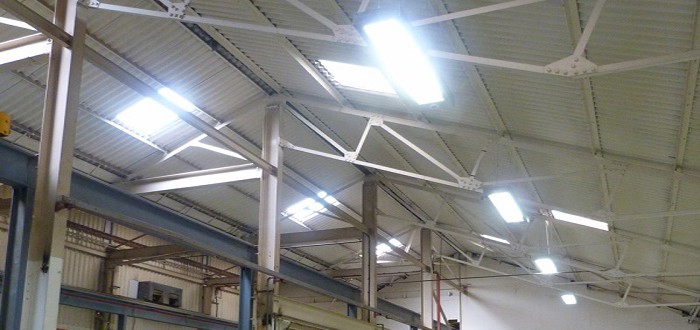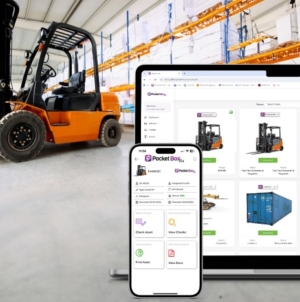-
ARROWXL ANNOUNCES STRATEGIC PARTNERSHIP WITH TYRE MANAGEMENT COMPANY - 41 mins ago
-
POCKET BOX TARGETS ROAD TRANSPORT SECTOR WITH ASSET MANAGEMENT ENHANCEMENT - 24 hours ago
-
PINPOINTERS ENHANCES FLEET AND VIDEO TELEMATICS OFFERING WITH LINK-UP WITH QUECLINK WIRELESS SOLUTIONS - 2 days ago
-
BCMPA HELPS TO OPEN DOORS FOR US TRADE PARTNERSHIPS - April 24, 2024
-
Toyota’s ride-on stacker and delivery drone win prestigious design awards - April 23, 2024
-
ARROWXL SECURES FIFTH CONSECUTIVE GOLD ROSPA AWARD - April 19, 2024
-
Delivery management platform, Scurri topped over €12 billion in Gross Merchandise Value (GMV) in the total value of shipments processed in 2023 - April 17, 2024
-
Britvic reaffirms partnership with LPR - April 17, 2024
-
Geo2 routes for the planet by transforming delivery - April 9, 2024
-
Kammac Supports Nimble’s Expansion into 500 Tesco Stores - April 5, 2024
Consider lighting ahead of forklifts for real energy savings,warehouse operators advised.
As they strive to cut costs from their operating processes, warehouse companies dedicate time and resources to ensuring that their materials handling equipment (MHE) fleets perform as energy efficiently as possible, yet they often overlook the one thing that does most to run up their energy bill: lighting.
It is estimated, that within any warehouse distribution centre, recharging the fuel cells of battery-powered forklifts and other MHE accounts for around 25 per cent of a company’s annual energy expenditure. The cost of lighting the building with old fashioned sodium luminaires meanwhile, makes up 70 per cent of the bill!
Savvy companies have realised this and more and more are introducing energy efficient LED luminaires throughout their stores and DCs and they’re enjoying an almost instant return on their investment.
“The ROI numbers are staggering,” says Stuart Cain, operations manager at Leicestershire-based luminaire specialist, Ecolighting.
For example a move to energy efficient lighting has allowed warehousing and transport specialist, Paul Ponsonby Ltd, to cut annual lighting costs from £15,035 to £3,030 – an annual saving of over £12,00 or 80 per cent. This means that the company will achieve payback in under three years.
Another third party logistics specialist, Great Bear, was able to slash its yearly lighting bill from £146,207 to £23,844 – a saving of £122,363 (83 per cent) in 12 months. The company’s annual CO2 emissions were also cut from 799,265 kg to 130,348 kg.
The tax breaks that are available to companies who install energy-saving lighting make the case for investment even more compelling.
“The Enhanced Capital Allowances (ECA) scheme encourages businesses to invest in energy saving lighting equipment that meets the performance standards set out in the Energy Technology List (ETL),” explains Stuart Cain.
He continues: “Lighting products that meet the ETL standards may be eligible for first year tax relief – meaning that you can write off the whole cost of the equipment against your taxable profits in the year that you buy it.
“This can be very helpful for cashflow purposes – although, of course, it makes sense to get confirmation from your supplier that the equipment meets the ETL criteria before you invest in it.” www.ecolightinguk.com






















